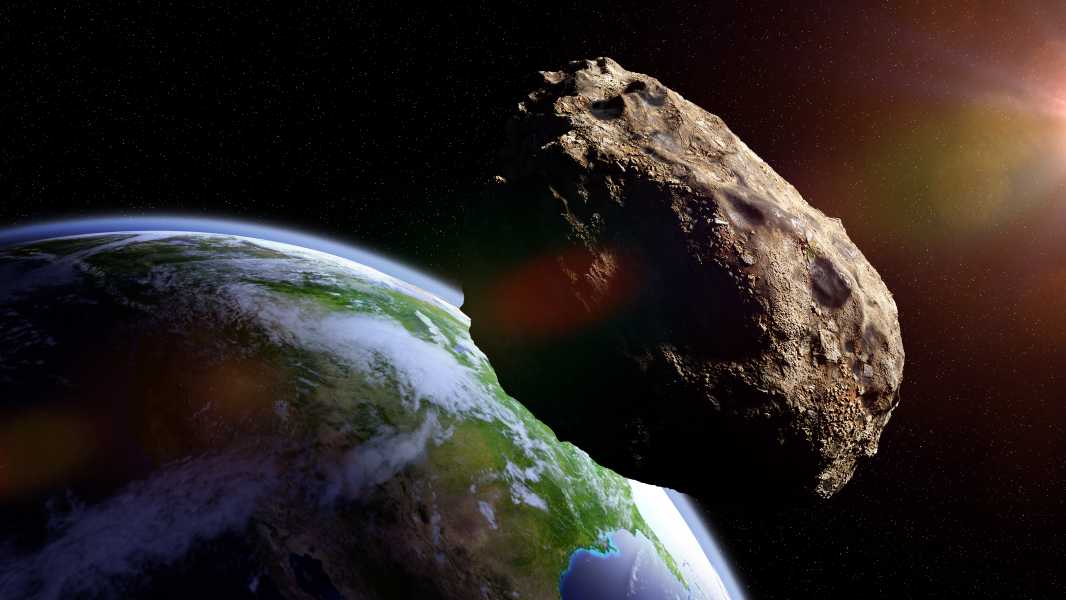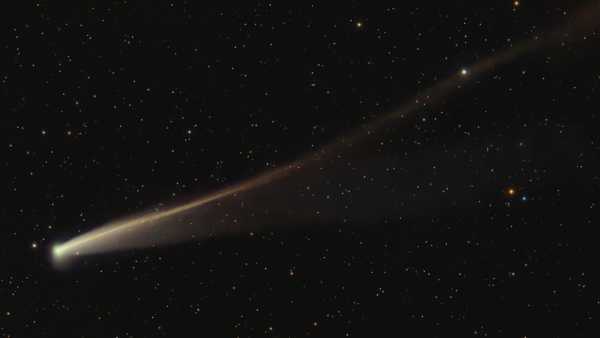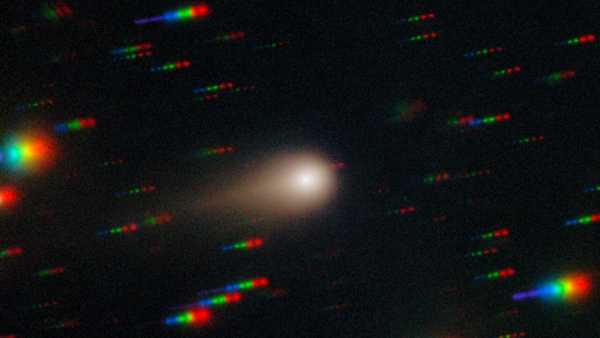
At the time of writing, the odds of asteroid 2024 YR4 hitting Earth are 1 in 360. (Image credit: Dottedhippo via Getty Images)
NASA has downgraded the threat level of potential city-killer asteroid 2024 YR4, with the latest data showing it is now more likely to hit the Moon than Earth.
The space agency has been adjusting the odds of a potential collision with the 180-foot (55-meter) YR4 all week. Those odds peaked at 1 in 32, or 3.1 percent, on Tuesday (Feb. 18), the highest chance of a collision ever recorded by NASA for a space object the size of YR4. However, the impact probability soon diminished.
On Wednesday (Feb. 19), NASA more than halved the odds to 1 in 67, or 1.5%. Now, as of this writing on Friday (Feb. 21), the odds are 1 in 360, or 0.28%, according to NASA's Center for Near-Earth Object Studies. The chance of a lunar impact has also increased to 1%, according to NASA's Planetary Defense blog.
The latest change in probability is perhaps the most significant yet, as it lowers YR4’s official threat level. Since YR4’s chances of impact exceeded 1% in January, the asteroid was rated a level 3 on the Torino Impact Hazard Scale. Level 3 indicates that the space object could cause “regional devastation” and warns astronomers to pay attention. However, now that the probability has dropped below 1%, YR4’s threat level has been reduced to 1, meaning it is not considered an unusual hazard, according to the scale.
The latest drop in the impact probability came after astronomers conducted evening observations of YR4 from Feb. 19 to 20, according to the NASA Planetary Defense blog. The blog previously noted that darker skies gave astronomers a better chance to observe the asteroid after a week of limited visibility during the full moon.
The decreasing odds and the change in threat level will not come as a surprise to astronomers. Even as the odds of a YR4 impact rose, the change was driven by uncertainty about the asteroid’s orbital trajectory, and researchers expected the odds to drop to zero with more accurate data. A collision with an asteroid that size would be a once-in-a-thousand-year event, according to NASA’s Asteroid Hazard Comparison Chart.
“NASA's planetary defense teams will continue to monitor the asteroid to improve our predictions of its motion,” NASA spokeswoman Molly Wasser wrote in a recent blog update on Feb. 20.

Patrick PesterNavigate Social LinksPopular News Author
Patrick Pester is a popular news writer for Live Science. His articles have appeared on other science platforms such as BBC Science Focus and Scientific American. Patrick became a journalist after working in zoos and wildlife conservation early in his career. He received a Master's Excellence Scholarship to study at Cardiff University, where he completed an MA in International Journalism. He also has a second MA in Biodiversity, Evolution and Conservation in Action from Middlesex University in London. When not writing news, Patrick is an investigative journalist who investigates the human remains trade.
You must verify your public display name before commenting.
Please log out and log back in. You will then be
Sourse: www.livescience.com





